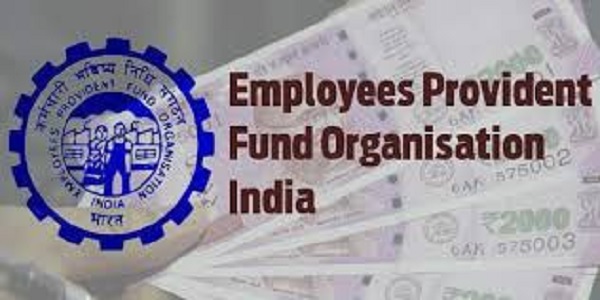Employee Provident Fund Organization (EPFO) – What is EPFO, its structure, services, and the most recent updates
The Employees’ Provident Fund Organization (EPFO) is a statutory agency established by the Indian government. As the largest social security institution in the country, it primarily encourages people to save for retirement, among other things. EPFO was created in 1951 and is overseen by the Ministry of Labour and Employment.
The EPF and its application
The ‘Directive Principles of State Policy’ section of the Indian Constitution states that the State shall make effective provisions for securing the right to work, education, and public assistance in cases of unemployment, old age, sickness and disablement, and undeserved want within the limits of its economic capacity.
The Employees’ Provident Fund (EPF) was established in 1951 with the passage of the Employees’ Provident Funds (EPF) Ordinance. The EPF Ordinance was later repealed and replaced by the EPF Funds Act of 1952. The EPF Bill was introduced in parliament in 1952 to offer provident funds for factory and other establishment employees.
EPFO Organization
The Central Board of Trustees oversees the administration of the Act and all of its programmes (EPF).
The board is made up of representatives from the federal and state governments, as well as
companies and employees. The board is chaired by the Government of India’s Ministry of Labour
and Employment. Three schemes are managed by the Central Board of Trustees (EPF).
-
- The Employees’ Provident Funds Scheme was established in 1952. (EPF)
- The Employees’ Pension Scheme was established in 1995. (EPS)
- Employees’ Deposit Linked Insurance Scheme (EDLIS), 1976 (EDLI)
The EPFO is an organisation established to support the Central Board of Trustees (EPF) and is administered by the Ministry of Labour and Employment of the Government of India.

EPFO Functions
EPFO aids the Central Board of Trustees (EPF) in the administration of a provident fund system, pension scheme, and insurance programme for registered establishments in India, which includes employees and international workers.
What exactly is EPFO?
In terms of financial transactions and clients, EPFO is one of the world’s largest social security organisations. According to the EPFO Annual Report 2015-16, the organisation currently manages 17.14 crore accounts for its members. It mandates Universal Social Security Coverage through Provident Funds, Pensions, and Life Insurance for all workers in the country.
What exactly is the EPF Scheme?
Employees’ Provident Fund (EPF) is a retirement benefit plan that is offered to all salaried employees. The Employees Provident Fund Organisation of India looks over and maintains it (EPFO).
What exactly is EPF Eligibility?
The Employees Provident Fund is available to all salaried employees (EPF). A salaried employee earning less than Rs 15,000 per month, on the other hand, is required to open an EPF account.
Companies with fewer than 20 employees can also voluntarily register. For EPF registration, information about one’s firm, as well as information about the company’s owners, must be submitted. The official website is where you may sign up for the EPF scheme.
What is the Employee and Employer Contribution to the EPF?
Under the EPF plan, both the employee and the employer contribute equally to the scheme. When the employee retires, he or she receives a lump sum payment with interest that includes both the employee’s and the employer’s contributions. Both the employer and the employee make a contribution of 12% of the employee’s basic wage. Despite the fact that the employee’s entire 12% payment goes into their EPF account, 8.33% of the employer’s contribution is redirected to the
employee’s EPS (Employee’s Pension Scheme) account. The remaining 3.67 percent from the employer’s side is deposited into the employee’s EPF account.
What are the EPFO tax advantages?
The EPF money is backed by the government, and the interest received is tax-free. EPF is classified as EEE (exempt-exempt-exempt). Under Section 80C of the Income Tax Act, the employee’s contribution is tax deductible. As a result, the money invested, the interest received, and the money that the employee eventually withdraws after the obligatory defined period (5 years) are all tax-free.





